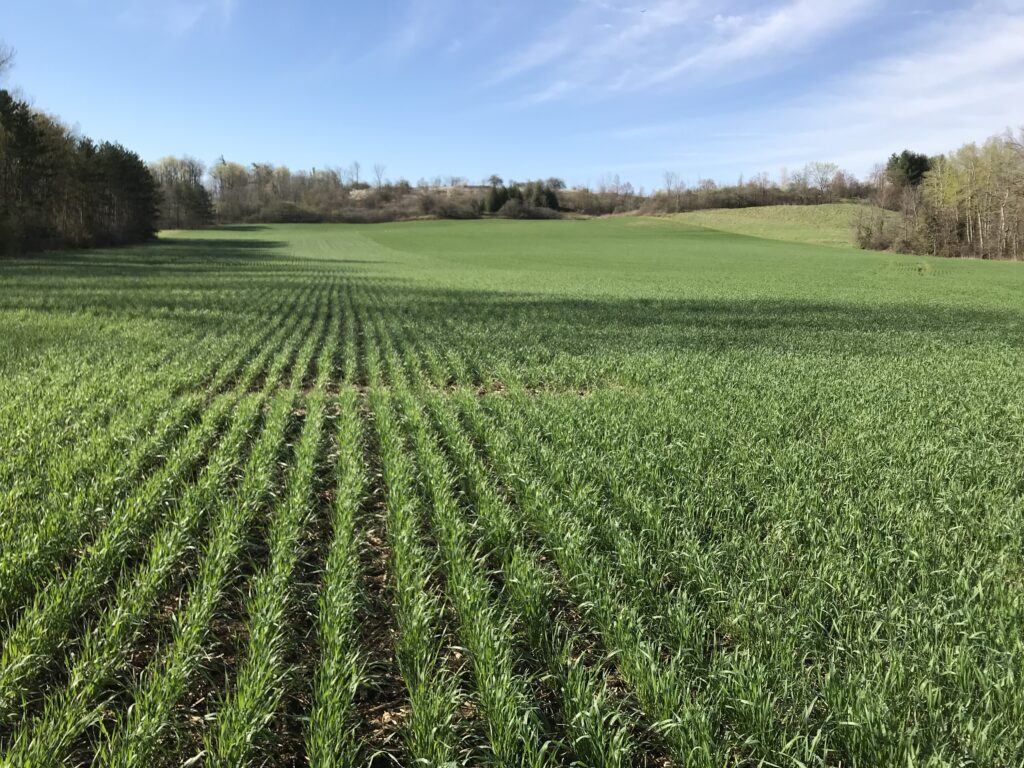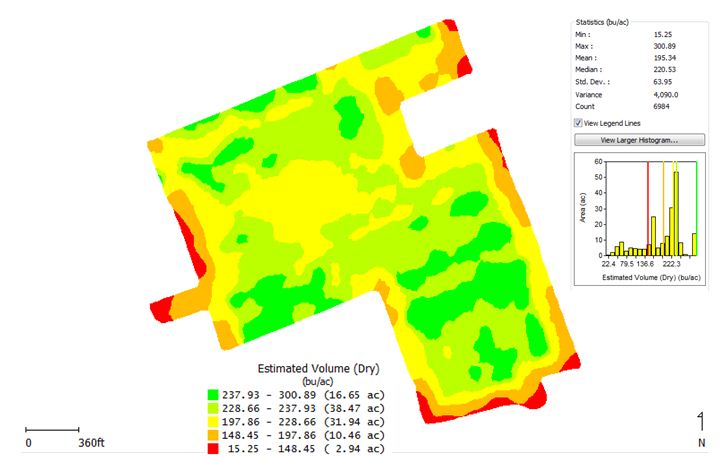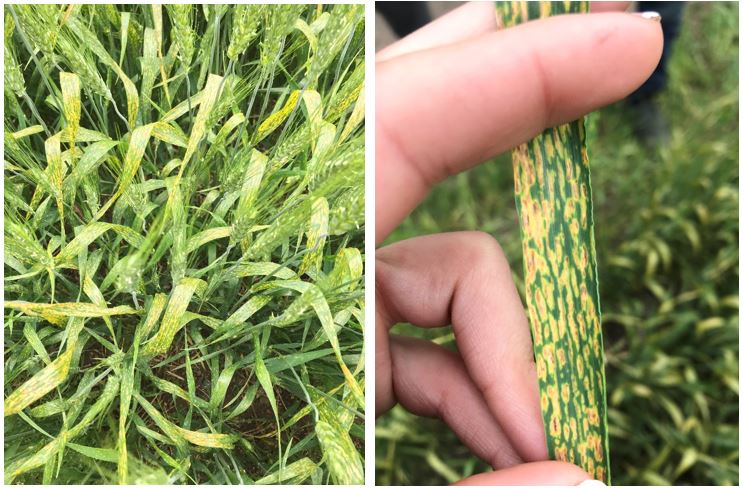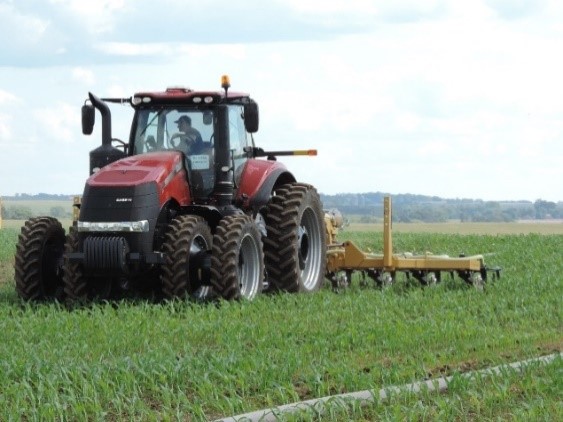To plant green or to plant brown? Rye cover crop termination timing before soybeans (summary of 2017-2020 data)

Jake Munroe, Mike Cowbrough and Sebastian Belliard (OMAFRA) Cereal rye (Secale cereal) has several strengths as a cover crop option. It’s relatively inexpensive and easy to kill. Rye improves soil structure, builds organic matter and helps protect against water and wind erosion. It can suppress weeds as discussed here (see Figure 1). It’s also very […]












